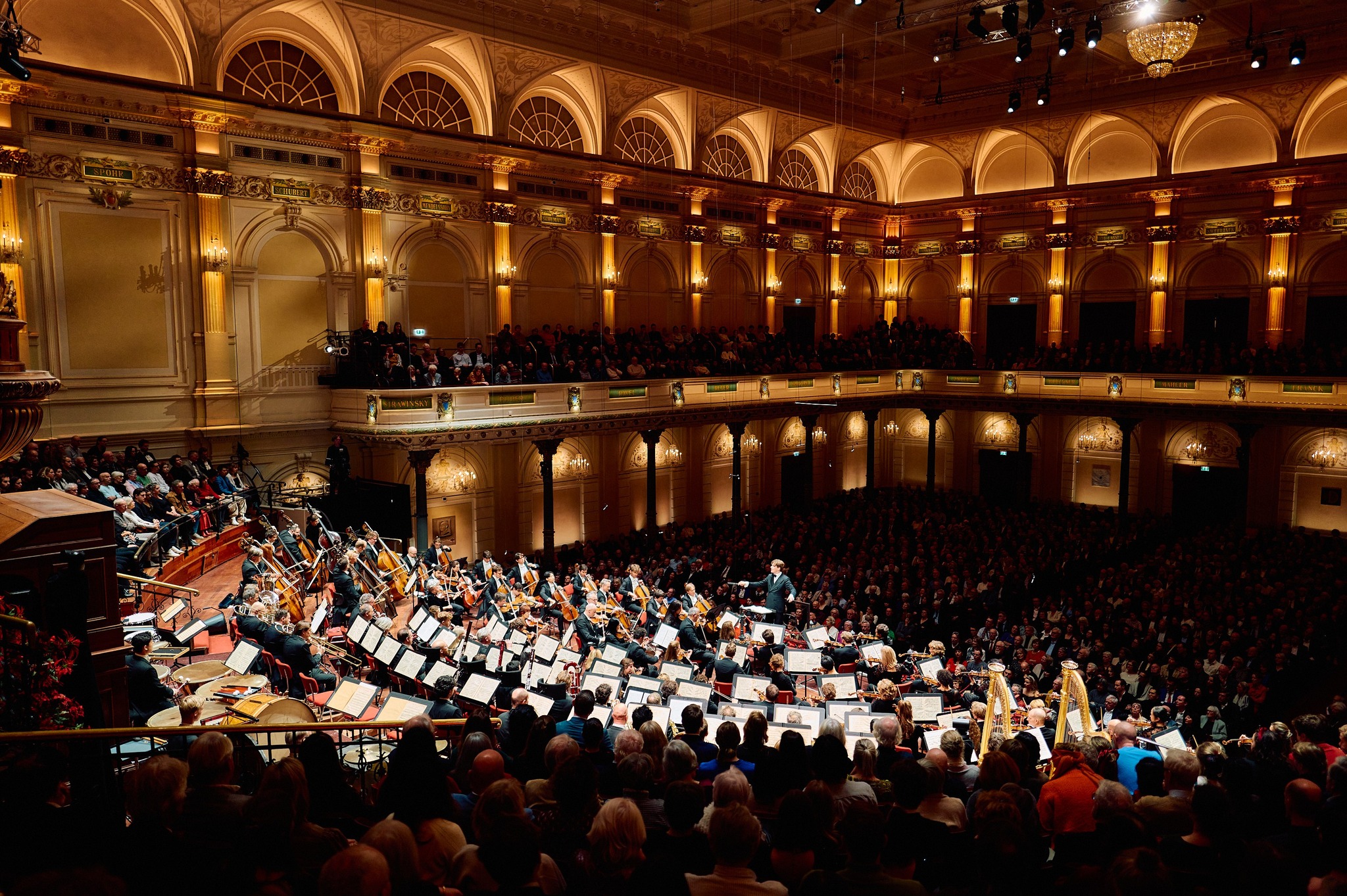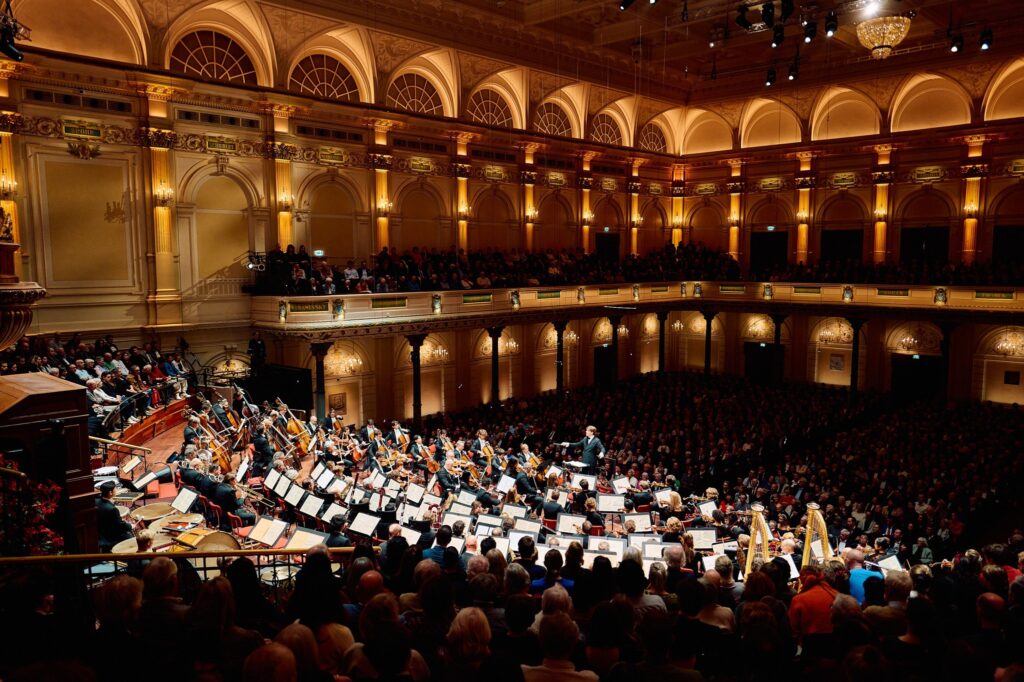
Commissioned by the Royal Concertgebouw Orchestra (KCO -Koninklijk Concertgebouworkest), Spiri III: Sacred Ritual unveils the final installment of the Spiri Trilogy under the baton of Klaus Mäkelä. Spiri III precedes Gubaidulina's violin concerto Offertorium and Schumann Symphony No. 4 in the program. The KCO performs the same program on 27 and 28 March at the Concertgebouw Amsterdam and then tours to Musikverein (30 March) and Elbphilharmonie (1 April).
https://www.concertgebouworkest.nl/en/concert/klaus-makela-conducts-schumann
https://www.musikverein.at/konzert/?id=000535df
Spiri III: Sacred Ritual -Program note
"Spiri III: Sacred Ritual" is the final installment of the Spiri trilogy, a series of orchestral works composed between 2023 and 2025. While each piece in the trilogy stands independently, they are deeply interconnected through a shared harmonic language and evolving thematic material. Across the trilogy, this harmonic development unfolds in stages, suggestive of quality of progression, and culminating in the profound and ritualistic nature of Spiri III.
The title Spiri derives from the Latin root spir, meaning "breath," evoking the omnipresent energy that animates existence. This concept resonates across cultures: ki (Korean), chi (Chinese), qi (Japanese), prana (Indian), anima (Latin), ruh (Islamic), and spirit (Christianity). The trilogy is inspired by the cyclical and eternal nature of the universe, where beginnings and endings dissolve into one another. It contemplates the insignificance of human existence within this vast cosmic framework while affirming its resonance within nature's order.
Structurally, Spiri III: Sacred Ritual serves as both the culmination and expansion of its predecessors, Spiri I: Stained Ritual and Spiri II: Sheltered Ritual. A defining element of the trilogy is the bell call, which first appears as a dissonant in Spiri III, decaying resonance—an overlay of several consonant chords in tension. This motif recurs throughout the work in various guises: as an interruption, an arrival, a reflection, a reminder, and ultimately, an affirmation. Gradually, the friction between these harmonies seeks equilibrium, evolving into a space of consonant coexistence.
The final bell-call manifests as an extended coda, where the trilogy’s underlying chaconne emerges fully—its purest and most harmonious form.
The physical phenomenon of decay—evident in the resonating bell as well as in the impermanence of life—is embedded at multiple levels within the composition.
Unlike the arch form used in Spiri I and Spiri II, Spiri III undergoes a structural transformation: the music is transported to an entirely new idea: triggered by the returning bell call and opened by the initial brass chorale in vast contemplation, reflection and meditation, and followed by the interplay of memories and dreams before culminating in the final bell coda, where the chaconne is laid bare.
Through its large-scale recurrence of themes and structures, Spiri III not only affirms its internal unity but also solidifies its place as the trilogy’s concluding chapter. It encapsulates the essence of Spiri—a meditation on cyclicity, universal energy, decay, eternal nature of the universe, and the ephemeral yet interconnected quality of human existence.
In its interplay between myopic themes and macro architectural design, Spiri III: Sacred Ritual musically attempts to capture a truly personal version of the universe.
